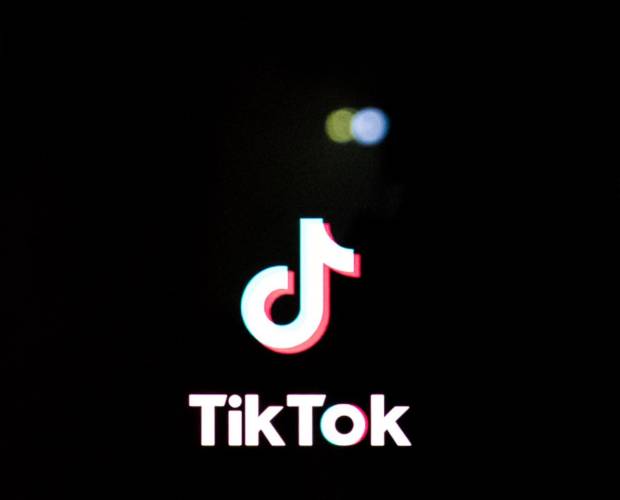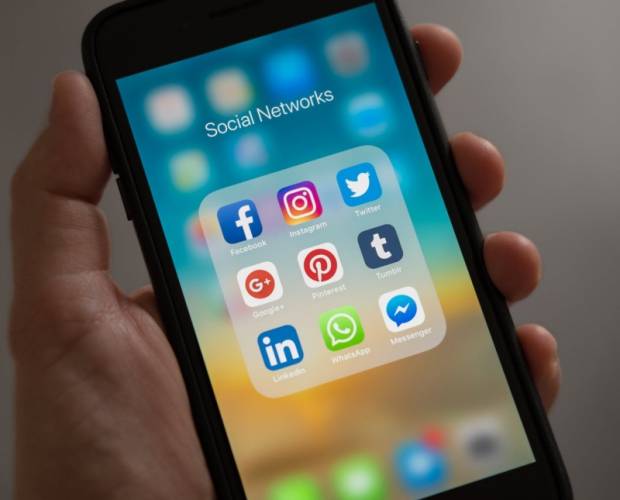Mobile TV may be in its infancy, but by 2011, 210 million consumers
will subscribe to Mobile TV services worldwide, and 10% of all handsets sold will
have a broadcast receiver. Thats the conclusion of a report due out at the end of the month from Informa Telecoms & Media. The study, Mobile TV:
Broadcast and Mobile Multimedia says the World Cup, which starts
today, has provided the spark for the launch of a number of broadcast
services in Europe, led by 3 in Italy and Debitel in Germany. Informa
anticipates that users accessing World Cup action via streaming and
broadcast services will generate $300m (163 million) of revenue.
Mobile TV will ultimately owe its success to the type and format of
content that is made available, the report says, adding that one of the
primary objectives of the broadcast technology trials underway from the
likes of BT Movio in the UK and BSkyB and Qualcomm in Europe, is to
discover the best type of content for mobile and short-mode use. Two
formats, it says, are proving most popular. The first, Mobisodes,
uses custom made-for-mobile episodes of hit TV shows, such as 24. The
second, Simulcast, involves transmitting the programmes that users
are familiar with from traditional television in real-time or alongside
the TV broadcast. The 2006 Fifa World Cup, the report says, will
probably see examples of both formats.
"This year's World Cup will prove a major catalyst for mobile TV
growth says David McQueen, Senior Analyst at Informa and author of the
report. It will give operators a chance to show what they can already
do and test consumer demand. But the real growth will take place over
the next five years. As soon as the 2008 Olympics, we'll all be much
more prepared to watch TV on our phones, and by the 2010 World Cup the
infrastructure will be mature and one in thirteen mobile phone users
worldwide will own a mobile TV handset.
The report also considers the technical and business issues that have
had to be resolved in order for mobile TV to reach a viable platform
from which to launch. Technical standards for mobile TV have been
emerging, it says, and the next five years will see a proliferation of devices operating on different mobile TV technical standards
including DVB-H, MediaFlo and T-DMB. By 2011, Informa forecasts that
DVB-H handsets will form the bulk of all broadcast receiver handset
sales (63%), equating to 73 million units, followed by MediaFLO devices
with sales expected to reach 14.5 million.
Since the first broadcast mobile devices were launched in early 2005
by Samsung and LG for the Korean market, the size and form factor of
the new crop of devices for 2006 has improved immeasurably, the report
says. Many of the newer models have swivel screens to allow for
widescreen viewing, and each handset invariably incorporates a high
resolution, high colour, anti-glare screen. Sound quality is of high
importance in the device, with stereo speakers added to most, as it is
this characteristic which is perceived as the yardstick of the overall
TV experience, irrespective of picture quality. Battery life issues
have largely been resolved; current generation devices can sustain 3-4
hours continuous playback against a typical user profile of 3 hours use
per week, based on trial information.
The report also says that Mobile TV will be adopted at different rates
in different regions as the necessary broadcast infrastructure is put
in place and as handsets begin to proliferate Asia-Pacific will lead
the way, with 95.1 million anticipated subscribers by 2011, as
innovative services from Korean operators continue to gain traction in
that market and China and Japan follow suit.
Europe, with its relatively advanced infrastructure will see 68.7
million subscribers by 2011, with spikes as operators launch services
to coincide with the 2006 Fifa World Cup and again in 2009 when a more
complete infrastructure base is likely to be achieved. Middle East and
Africa will follow with 9.5 million subscribers in 2011 and The
Americas with 9.1 million.
"TV is a medium that everyone understands, and so is mobile says
McQueen. Combining the two in the imagination of consumers is not as
great a challenge as it is for other forms of mobile entertainment. But
whilst people buy into the idea of mobile TV, some of the finer details
are yet to be fully resolved: finding a suitable price point and
delivering compelling content to name two. This year we think we will
see these issues begin to be fully resolved and the rapid uptake of
mobile TV devices and services will commence.
The Mobile TV Strategic Report - 2nd Edition provides a detailed,
thorough analysis of the mobile and broadcasting industries, including
likely factors for the success of competing technologies; in-depth
analysis of the business case for Mobile TV; case-studies of major
players and the value chain; and subscriber forecasts & revenue
opportunities.
We'll have details of pricing and how to order when the report is published.







